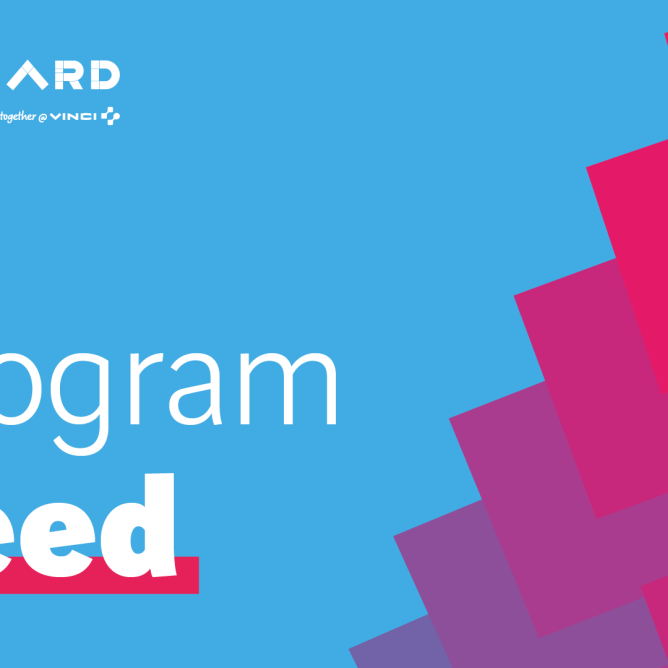Context
The transport sector represents 30% of greenhouse gas emissions in France and 40% of carbon emissions. The road sector accounting for 94% of these emissions, the need to decarbonize all vehicles and mobility usages is real and urgent. If battery-based vehicles will become mainstream for passenger cars in the coming years, other mobility applications are still in need for disruptive decarbonized solutions.
Vehicles and usages
Given the heterogeneity of vehicles and mobility usages, no single technology will act as a silver bullet to decarbonize all types of vehicles and mobility applications. Instead, decarbonization will only be achieved by a combination of complementary technologies each relevant for specific vehicle segments or applications:
- Passenger vehicles
Lithium-ion batteries are today widely used in electric vehicles, and continuous improvements in battery technology (e.g. Lithium Ferro Phosphate or solid state batteries) will allow for cheaper and denser battery packs hence increasing market penetration of Battery Electric Vehicles (BEV) among zero emission passenger vehicles. If opportunities for other zero emission solutions remain given the challenges of BEV to reach price and performance parity with their internal combustion engine counterparts, it is unlikely that H2 powered electric vehicles will fill that gap for the following reasons:
- Production prices compatible with city, subcompact and compact vehicle segments will be difficult to achieve given the cost of fuel cell stacks.
- Privately owned vehicles rely on a global charging network and their mass adoption is restricted by the slow deployment of this infrastructure network.
- Today, Toyota and Hyundai are the only two manufacturers selling fuel cell passenger vehicles, in limited volumes.
Hydrogen is often cited as a promising solution for heavier vehicles or long-distance use cases for which batteries provide insufficient range and impact the vehicle payload, including:
- Light duty vehicles
When combined with electric batteries hydrogen tanks and fuel cell stacks could provide better range to light duty vehicles. Renault and Stellantis are betting on this and recently announced their intention to grab 30% of the light duty vehicle market with battery-hydrogen hybrid electric vehicles.
- Buses, garbage trucks
Battery-hydrogen hybrid buses and garbage trucks are a reality today. If their higher costs, approximately 3 times the cost of their diesel counterparts, restrict them today to few units deployed as part of subsidized innovation projects, significant public funds in the coming years may provide the necessary support to ramp up vehicles sales to economically viable volumes.
- Long haul trucks
If only one vehicle is commercially available today (Hyundai Xcient Fuel Cell), existing players of the trucking industry as well as newcomers (e.g. Hyzon) have announced new long-haul models from 2023.
One exception in the industry’s enthusiasm for hydrogen is Tesla. Tesla believes that improvements in battery technologies in the coming years will solve battery limitations for long haul applications. We should keep a close eye on the sale of their first heavy truck model, Tesla Semi, later this year.
Regardless, refueling times will always be in favor of hydrogen models even with the megacharger network envisaged by Tesla.
Energy efficiency
Today 55 kWh of electricity is necessary to produce 1Kg of gaseous hydrogen which itself (1) contains the equivalent of 33,5 kWh of energy, which then produces 21 kWh of energy at the wheel (2) of a vehicle when used through a fuel cell to produce electricity again.
A battery powered electric vehicles only requires 22 kWh of energy to achieve the same energy at the wheel, achieving thus a 2,5 more favorable energy conversion ratio than a hydrogen fuel cell car. Efficiencies of the hydrogen conversion chain will progress over time thanks to continuous improvements of electrolyzers and fuel cell stacks.
Let’s also keep in mind that we have used internal combustion engines with efficiencies between 30 and 40% for more than 100 years. So global efficiency ratios are not the only decision factor and the capacity of each technology to address the operational needs (e.g. range, charging time…) of mobility services will also play a decisive role in selecting future technologies.
Global emissions
To assess the real decarbonization benefits of hydrogen powered vehicles, emissions along their entire life cycle need to be considered. Recent studies confirm that fuel cell powered vehicles could be the least CO2 emitting vehicles by 2030 if and only if hydrogen will be produced by renewable energy sources (3).
Other potential triggers for hydrogen mobility
- Retrofit
A new regulation in France allows since 2020 for the retrofit of internal combustion vehicles into electric vehicles. Companies are now starting to provide retrofitting services in different vehicle segments including heavy trucks. Time will tell if this retrofit industry will scale enough to become a real contributor to the hydrogen demand of the mobility sector.
- Hydrogen in internal combustion engines
Diesel engines could be retrofitted into H2-HPDI (High Pressure Direct Injection) engines by adding gas injectors, spark ignition plugs, stronger valves, rods, crankshaft, and gasket to account for the higher diffusivity and combustion temperatures of hydrogen during combustion. If such vehicles achieve lower efficiency than fuel cell vehicles and are not fully zero emission as they still emit some NOx, they do provide an interesting solution for the existing engines and could be a bridging technology for heavy truck until new models have entirely replaced the existing fleet.
(1) Rapport de l’Académie des Technologies, Juin 2020, (p 52)
(2) Assuming efficiencies of 65% and 95% respectively at the fuel cell and electric motor level
(3) Transport routier : Quelles motorisations alternatives pour le climat ? – Comparaison des émissions en Cycle de vie. Carbone 4, 2020
Read also:
> Low-carbon production of hydrogen
> Transport and storage of hydrogen


